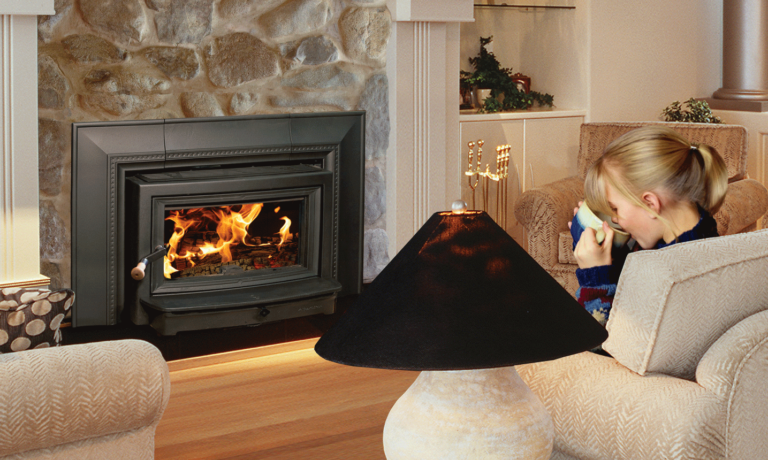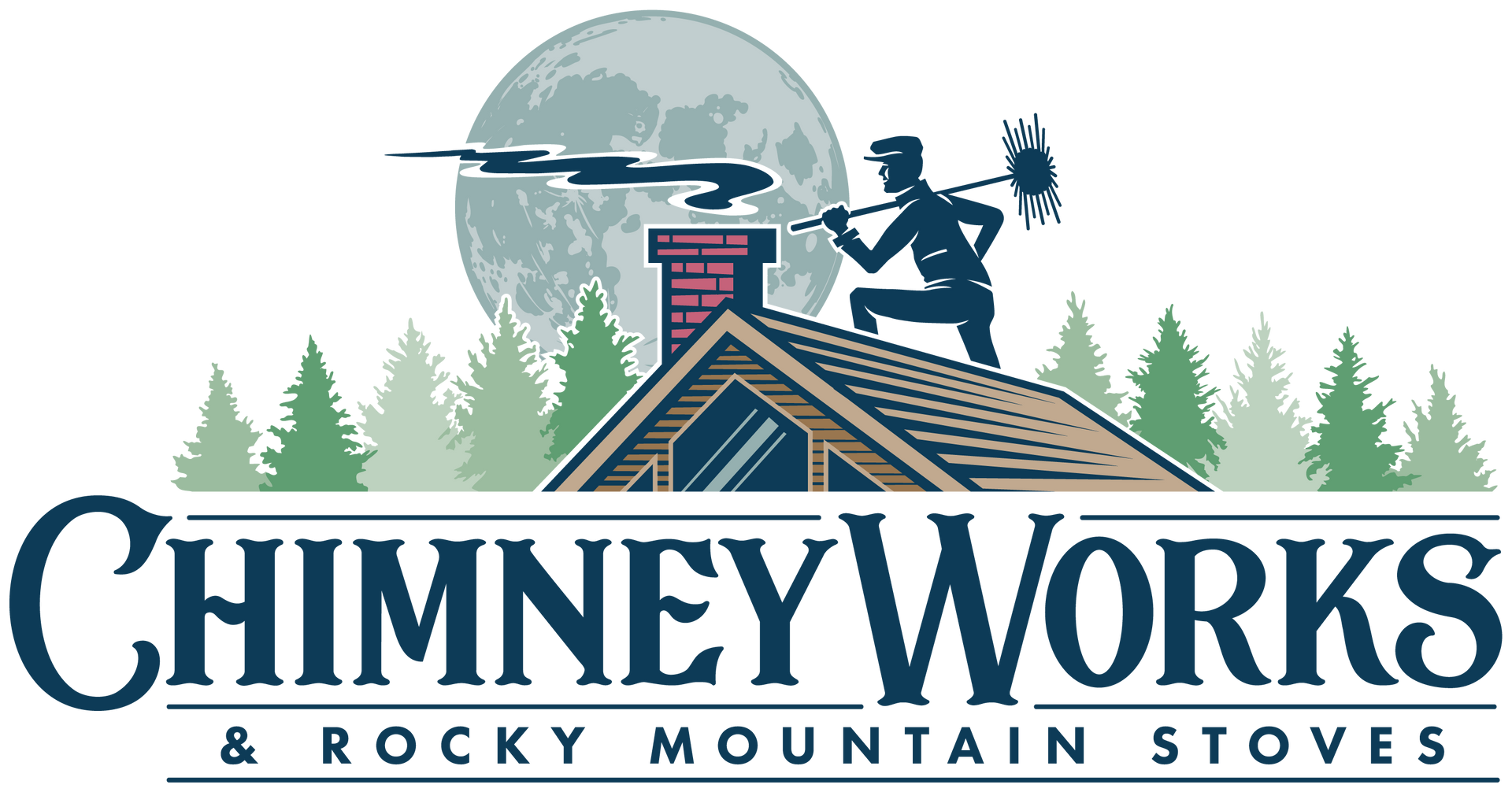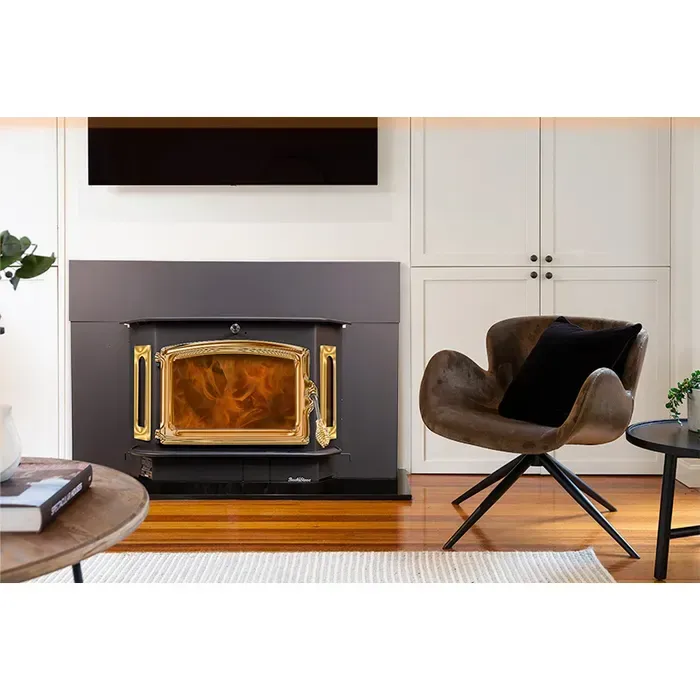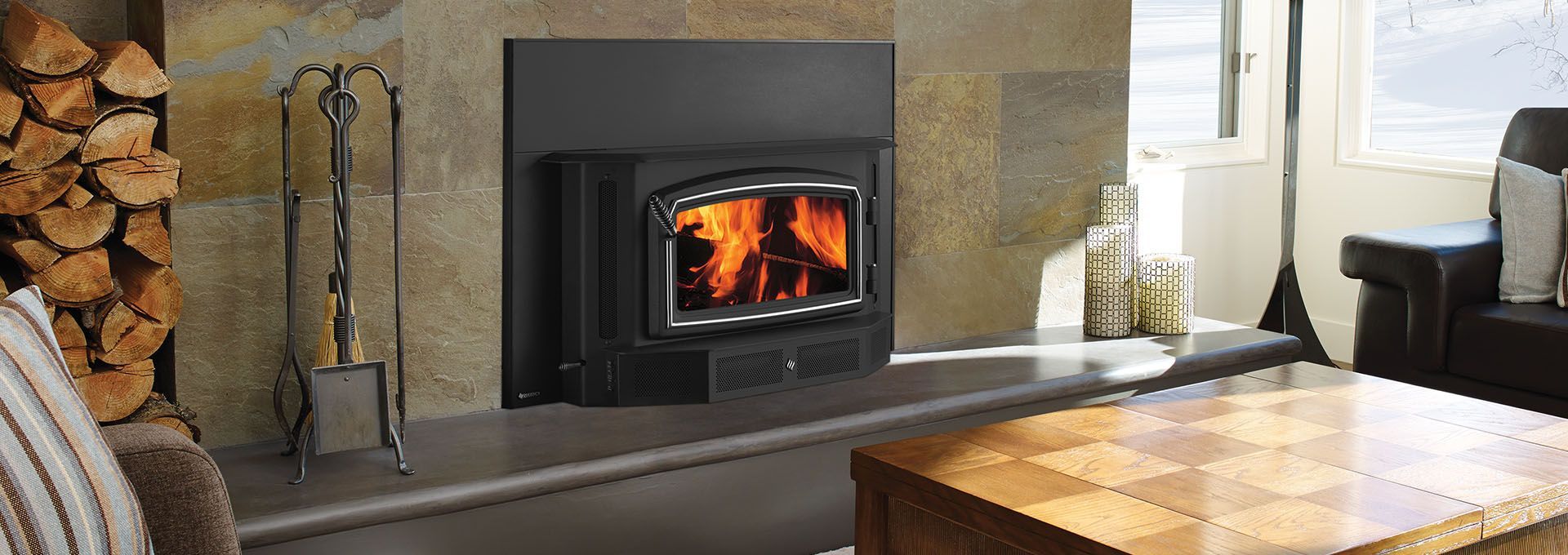Chimney Inspections Explained
Steve May • December 6, 2016

Learn what to expect when you hire a CSIA Certified Chimney Sweep for a chimney inspection. Watch this short video to understand the different levels of chimney inspections, and ensure that what your chimney sweep is telling you matches up with the leading authority’s recommendations. Always be sure the chimney services company you select is certified.
The post Chimney Inspections Explained appeared first on Chimney Works & Rocky Mountain Stoves.
Search the Outpost

Welcome to Chimney Works’ Chimney Problem Solver™ This tool will help you find solutions to common chimney problems. Each problem is presented as a question we get from customers on a regular basis. An answer is provided, explaining why it happens and what can be done about it, along with references (links) to expert resources that will give you additional details. If we feel your problem is critical, we’ll display a warning like this: | Warning | Depending on the issue, we may recommend you stop using your fireplace or heating appliance right away and contact a professional.




